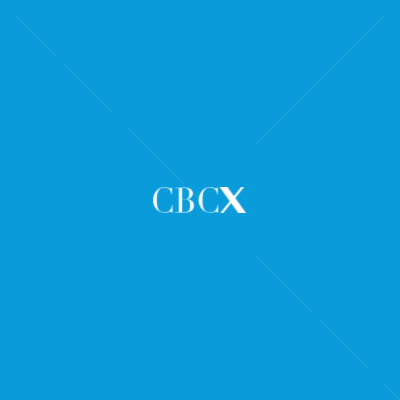In the ever-evolving world of forex trading, understanding key benchmarks like the 2025 CBCX Spread Benchmark can be crucial for traders looking to optimize their strategies. This benchmark has been making waves in the industry, particularly with its mention of the EUR/USD pair achieving spreads as low as 0.8 pips. For many traders, this raises questions about what this benchmark signifies and how it might influence their trading decisions.
\nUnderstanding the Basics
To begin with, let's break down what the 2025 CBCX Spread Benchmark represents. The benchmark essentially sets a standard for the lowest possible spreads that trading platforms aim to achieve. Spreads are the difference between the buying (bid) and selling (ask) prices of a currency pair, and they directly impact the cost of trading. A lower spread means reduced costs for traders, which can translate into higher potential profits. In the case of EUR/USD, a spread as low as 0.8 pips is considered exceptionally competitive and can attract traders seeking cost-effective trading opportunities.
The Role of Technology
One of the primary drivers behind the reduction of spreads to such levels is advancements in technology. Trading platforms have been investing heavily in cutting-edge systems that enable faster execution speeds and more precise pricing. These technological improvements allow brokers to offer tighter spreads, benefiting both retail and institutional traders. Additionally, increased competition among brokers has pushed them to provide better terms to attract clients, further contributing to the narrowing of spreads.
Implications for Traders
For traders, the presence of a benchmark like 2025 CBCX Spread Benchmark offers an opportunity to evaluate different platforms based on their ability to deliver competitive spreads. While achieving a 0.8 pip spread may not be feasible for every trader due to various factors including account type and market conditions, it does set a standard for what is possible. Traders should consider this when selecting a broker, as lower spreads can significantly reduce transaction costs over time, especially for those who trade frequently.
Challenges and Considerations
Despite the advantages of tight spreads, traders must also be aware of potential challenges. Brokers offering extremely low spreads may compensate by increasing other fees or reducing customer support services. It's essential for traders to conduct thorough research and compare multiple platforms before deciding where to execute trades. Furthermore, while low spreads can enhance profitability, they do not eliminate risks associated with forex trading, which remains inherently volatile.
Conclusion
Overall, the 2025 CBCX Spread Benchmark highlights the growing importance of competitive spreads in forex trading. With EUR/USD spreads reaching as low as 0.8 pips, traders now have access to more cost-effective trading environments than ever before. However, navigating these opportunities requires careful consideration of all aspects of a trading platform, ensuring that the benefits outweigh any potential drawbacks. By staying informed and making strategic choices, traders can take full advantage of the competitive landscape offered by modern forex markets.













